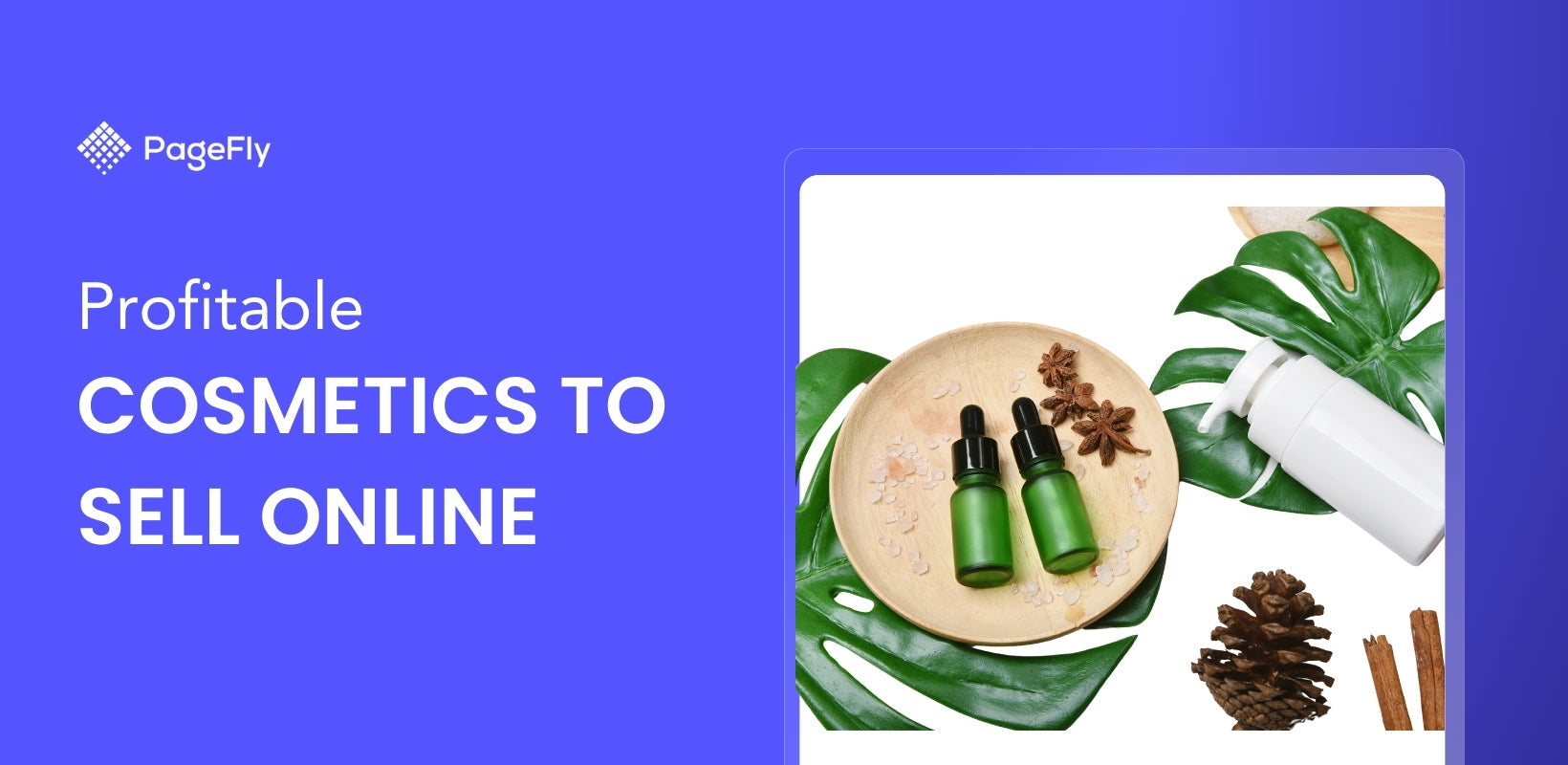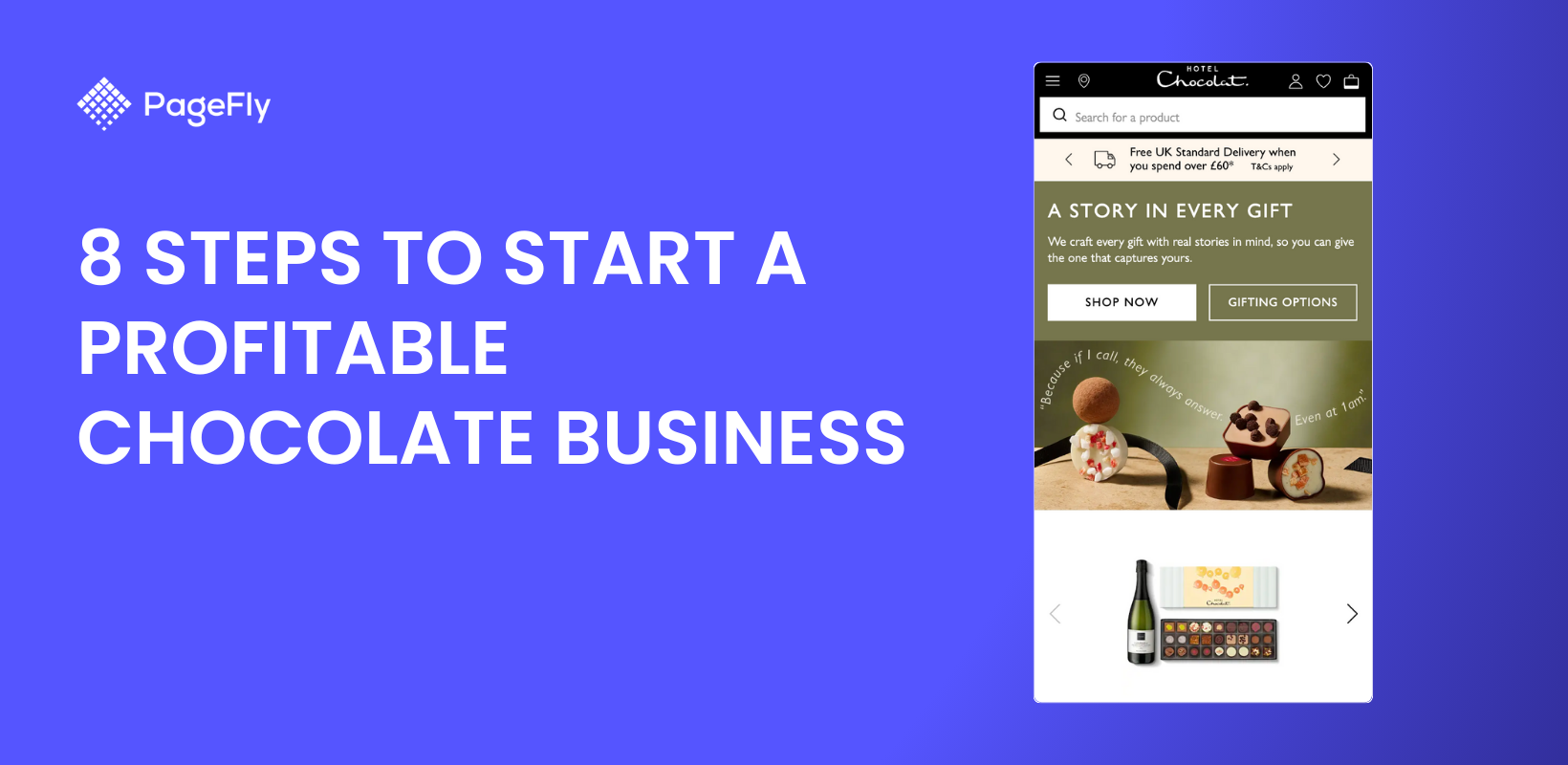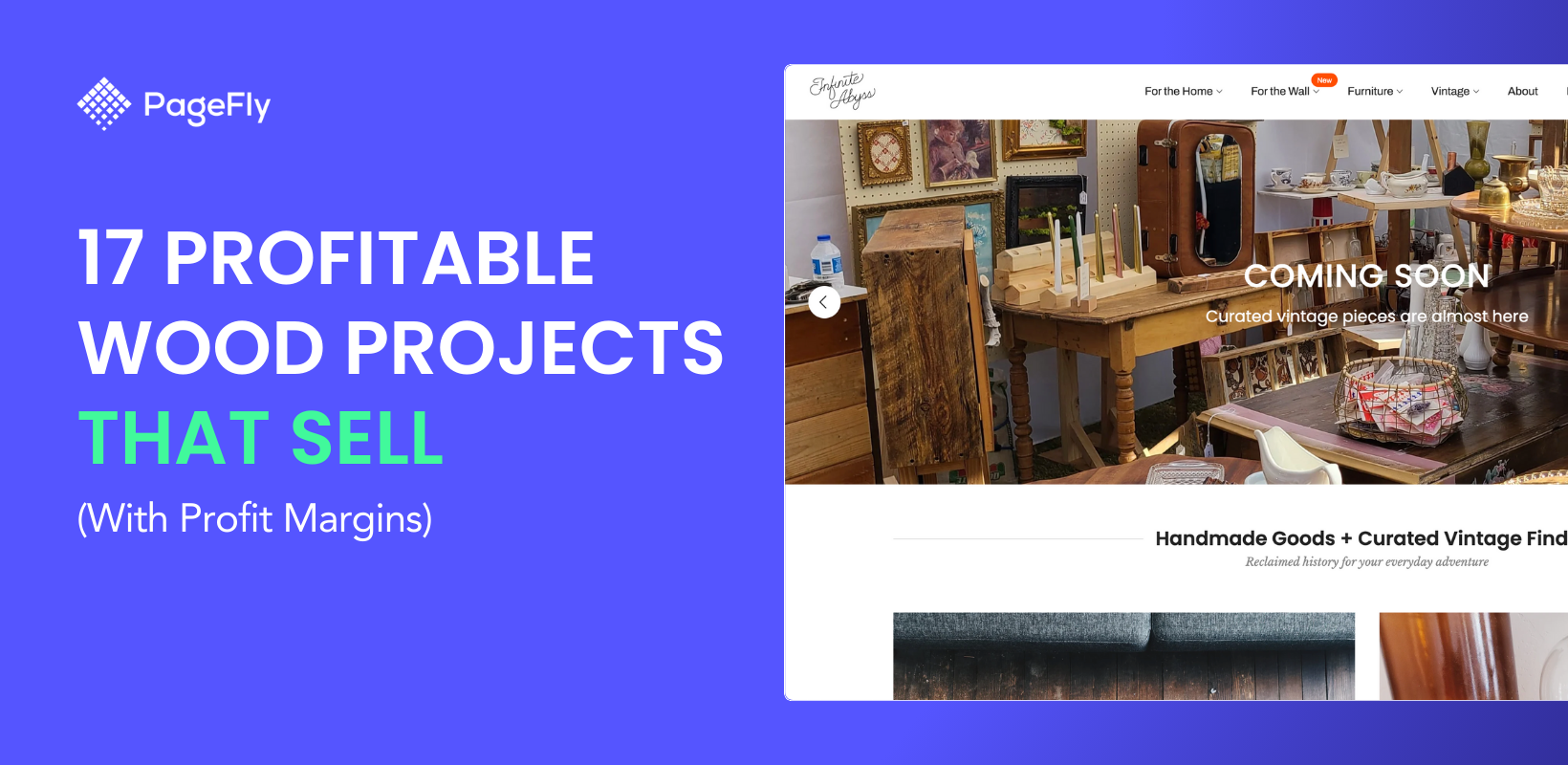Most often, we only see people who sell antiques in flea markets or antique malls. But with the rise of different ecommerce platforms and social media, selling antiques online is possible and it might be the best way for you to maximize your sales.
According to IBISWorld, the revenues of antiques and collectibles online in the US grew from $1.1b in 2013 to $2.8b in 2023. The industry has almost tripled in value in just 10 years and it is projected to grow even more in the coming years.
Thus, if you are asking if you should take your antique business online, the answer is a resounding YES.
When it comes to ecommerce, Shopify is a great platform to sell antiques. In this article, we will walk you through every step that you need to follow to successfully set up an online antique store.
Flea Market Vs. Shopify

We are firm believers in ecommerce. But despite that belief, we don’t discount the strengths of selling in physical stores. To some extent, we still believe that a flea market is a good platform to sell antiques. However, it also has its drawbacks.
The same thing goes for Shopify. It has its pros and cons just like other online marketplaces. But if you take the time to learn and use it to your advantage, you can unlock massive opportunities for your business.
Let us tackle the advantages and disadvantages of a flea market versus selling antiques online with Shopify.
Flea Market: Pros
Low Barrier For Entry
Many antique dealers know the efficacy of setting up shop in a flea market. There is a very low overhead cost and there is no need to commit to a rental space and invest in construction. Instead, all you need is a sturdy table and a clean piece of cloth to display your vintage items.
High Foot Traffic
Flea markets generate high foot traffic. This means that you have the chance to talk to a large number of potential customers in a very short amount of time.
DTC or Direct-To-Consumer Interaction
Direct interaction with customers gives you the opportunity to build relationships – this in itself is invaluable because you get to set the foundation of a loyal customer base.
Flea Market: Cons
Head-To-Head Competition
In such a very crowded marketplace, competition can be neck and neck. If you are a new antique dealer, you will have a hard time competing with those who have already established a name.
Limited Store Hours
Flea markets are usually open during the daytime. When the sun goes down and the crowd starts to taper down, the chances of striking a deal becomes lower. Thus, you only have a high opportunity to sell as long as there are shoppers in the area.
Inconsistent Cash Flow
If your main channel to sell antiques is in a flea market, there is a high chance that your cash flow could be irregular. Since flea markets only happen during weekends (most of the time) you will only generate revenues on the weekends as well.
Shopify: Pros
Wider Customer Reach
Once you start selling antiques online, you practically have a global audience because you can sell to any part of the world. You are not constrained within a geographical location, and customers from around the world can visit your online store 24/7.
Opportunity To Establish Your Brand
Having an online antique store sets you apart from local antique dealers. If you have your Shopify store, you get an opportunity to establish a brand that will speak for itself. This is an avenue to introduce yourself as an expert antique dealer and establish a brand image that has a long-term benefit.
Management Flexibility & Business Scalability
A Shopify store grants you access to a wider audience. Whether you want to sell online in your local area or cover as many locations as you want to, an online antique shop is still beneficial. When people start recognizing your brand, your business will start to grow.
As growth happens, your Shopify store will give you flexibility in inventory management, payment methods, and sales channels, among other things.
Shopify: Cons
Upfront & Recurring Costs
Truth be told that creating a Shopify store to sell antiques online is not free. Shopify has three (3) pricing plans that start from $39/month to $399/month. Think of it like paying rent on a commercial space.
You can choose a plan that will suit your needs and your budget. Aside from these monthly payments to keep your store running, you might incur some upfront costs if you want to pay someone to build your store for you.
Sales Commissions
Shopify charges a small transaction fee (2.4% + 30 cents, up to 2.9% + 30 cents) every time you sell a product. To some, these figures are deal breakers. However, all ecommerce platforms charge a transaction fee as well – so there is no escaping it.
Nevertheless, if you look at the bigger picture, paying a small percentage of sales and selling more is still better than paying no transaction fee with measly sales.
Steep Learning Curve For Beginners
If you are new to selling antiques online, you may experience quite a challenge with ecommerce and online marketing. All successful Shopify entrepreneurs went through that phase. But when you are past that stage, you will reap all the rewards of spending time, money, and energy in learning how it works.
Sell Antiques Online With Shopify
Selling your vintage and antique items online is a great way to create a sustainable business with consistent and regular cash flow. But before you reach that stage, there are things that you need to accomplish first.
Here are the steps that you need to follow:
01. Source Your Antiques

If you want to sell antiques online, you should have a consistent source of antique and vintage items so you have things to sell.
One great source is the flea market. Some thrift shops also sell old items for a low price. Keep your eyes open and who knows, you might stumble upon rare finds.
Additionally, you can go visit an antique market nearby. Look for items that you can profit from and don’t forget to negotiate for lower prices if you purchase things in bulk.
Lastly, you might also want to search the internet for other antique dealers.
It is important to not just look for high-value items but also look for stuff that you can sell on your online store at a reasonable price. These low-value items will help you maintain a consistent cash flow.
02. Use Facebook & Instagram

Now that you have a consistent supply of items, it is time to establish an online presence to make people know that you exist.
The easiest way to establish an online presence is through social media. In fact, we recommend that you first create a social media account before creating a website to give you time to do additional research and gauge people’s feedback on your items.
Share teaser images of your products and see how many people will get drawn into your campaign. Once you establish a solid social media following, it will be easier for you to redirect crowds to your Shopify website.
It is crucial for you to understand how social media marketing works so you won’t be walking blindfolded.. Remember that an effective social media marketing campaign can hugely impact your store’s future.
Integrate Your Social Media to Shopify
Make the shopping experience as seamless as possible for your target customers. By integrating Shopify with your social media accounts, your customers don’t have to leave their social media app to go to your store. Your customers can simply click the “Shop” button in your Facebook or Instagram account to buy the product that they want.
The process is pretty easy.
03. Setup Your Shopify Store

After working hard on your social media campaigns, you should have established quite a number of followers. Are there enough people asking where they can buy your items?
If yes, now is the best time to launch and sell antiques on your Shopify store.
In creating a Shopify store, you have two (2) choices:
- Hire a web designer. In most cases, this is the fastest way for you to get your store running. If you let a Shopify expert do this, you can rest assured that your store is fully functional and chances of downtime are very minimal.
- Do it yourself. If you have zero experience in doing so, it will be a little difficult. But once you get the hang of it, it will be just a walk in the park.
Do you want to try creating a Shopify store yourself? We got you covered. Check out this video to help you set up your online store:
04. Take High-Resolution Photos

The price of vintage and antique items depends on a lot of things - including their physical condition. But in an online antique store where people cannot see and feel the items for themselves, it is your job as an antique dealer to be transparent with your products’ condition.
Thus, it is important to take high-resolution photos of your items. Include close-up photos to show the texture. Take a photo of every angle of the product. Do not hide the imperfections, otherwise, you will be plagued with bad reviews for dishonesty.

Most of the time, great photos can be had with great lighting. Therefore, it is important to invest in good lighting equipment if you are shooting in a room or a studio. Otherwise, you should know how to find the best source of natural light when taking your shots.
05. Describe The Condition

Since you will be dealing with old and used items that may or may not be damaged, you should be transparent in your product descriptions.
Your prospective buyers would probably expect that these items have their flaws, but regardless of that, you should disclose everything that they need to know. Indicate if there are damages or missing pieces. In the same way, let people know if you have a pristine antique in your possession. You might be able to sell it for a huge profit.
06. Know And Tell The Story

People buy vintage items for their share of history and unique stories. Therefore, it is important that, as an antique dealer, you know the history of every piece that you sell.
Every time you share a photo on your social media accounts, be sure that you educate your audience by telling the story of that item. Be creative in story-telling but stick with historical facts. Your story should make people nostalgic and bring them back in time.
Remember, a great story sells.
07. Set Fair Prices

As an antique dealer, you should know the ceiling price of every item that you have – except for extremely rare finds or price antiques that you can sell at an auction (more on this in the next section).
Know that not every antique item commands a high price tag. It still depends on its share of history and the people’s perceived value of the item.
It is hard to put a price on items that have probably seen more of the world than us. But if you know the history, it will be easier for you to come up with reasonable prices. When every sale in your online store is a win-win for you and the customer, you will gain repeat business. That way, you can have a stream of consistent revenue.
08. Maximize Profits On Rare Finds

If you have in your possession an extremely rare antique item, putting a price tag on it might not be the best choice to earn more.
Why not put it on auction?
You can conduct an auction in your Shopify store using a third-party app.
But don’t just put it there. Harness the power of your social media presence to build hype on a product and set a specific timeline for your auction. That way, you can attract a bigger crowd to increase your chances of getting a higher bid.
09. Learn How To Market

We have mentioned the word “hype” a couple of times already. And it is for a good reason. If you know how to build hype around a product launch, you can get your audience excited and conditioned to spend their money on you.
However, building hype is just a part of a holistic social media marketing campaign. There is yet another type of marketing that you can do to attract people not just to your social media pages but also to your online antique store.
This is called content marketing. Now, let us compare the two:
- Social media marketing - This is used to spread brand awareness through social media channels like Facebook, Instagram, TikTok, Pinterest, etc. You do this by publishing photos, short-form blogs, or videos in your social platform.
- Content marketing - Is done by publishing content such as blogs, videos, and other educational and entertaining content to attract people to your website.
As you can see, there is a very thin line that separates social media and content marketing. But once you get started, you will find out that these are two entirely different approaches that will both help you get the website traffic that you want to achieve.
Online Antique Store Examples
01. Collecting Places

Collecting Places sells antique paper memorabilia of old towns of America. They have antique books, postcards, stamps, maps, and more.
As you visit this Shopify store, you are immediately taken back to a time when websites are so basic. No complex sections or quirky designs. Being a dealer of antique memorabilia, the website itself makes you feel like you are browsing through an old magazine. Very nostalgic.
In their collection, there are one-off items like old books, and there are also those that have quite a few in the inventory like stamps. But even though there are several stamps and postcards, no two items look alike. Thus, each customer gets a unique piece of history.
02. International Military Antiques

IMA sells vintage and antique military supplies from the early era of the 17th century up to the 20th century.
There are hundreds of antiques and vintage items in this store. And take note, there are items in here that are jaw-droppingly expensive - even crossing the $100k mark. Quite a hefty sum that needs to be processed online. Good thing, all Shopify stores are PCI compliant. Hence, the financial details of customers are safe.
On their website, you can find old and rare bayonets, pistols, machine guns, artillery, police badges, and a lot more. They have a sizable inventory. No doubt they were featured in pawn stars because they really know their stuff.
If you want all sorts of old military equipment from the UK, Germany, the US, France, Russia, Spain, Japan, and other countries, this is the place to go.
03. Third Shift Vintage

Third Shift Vintage is a dealer of all sorts of vintage items that you can use to elevate your home with a unique piece from centuries passed.
From small items such as mechanical clocks, vintage typewriters, and toys from the past era, Third Shift Vintage have them. Even everyday items such as old grocery baskets and vintage traffic “Stop” signs.
If you are into more personal memorabilia, they have quite a collection of old baby and family portraits.
This Shopify store managed to provide an instantaneous load speed despite having more than 600 vintage items in its inventory.
04. M.S. Rau Antiques

M.S. Rau Antiques specializes in fine art, antiques, and jewelry. Most of their items are rare - thus, commanding a very high price tag. Some of their paintings are priced at almost $900,000. If you like antique cabinets and other home furniture, they have a collection from various eras.
With a lot of items to show, this Shopify store managed to curate the website in an appealing way in both desktop and mobile versions. The mega menu that can show images helps a lot in helping the website visitors navigate through the website with ease.
M.S. Rau Antiques is also a haven for antique coins and jewelry collectors.
05. DSF Antique Jewelry

DSF Antique Jewelry is a dealer of antique pieces of jewelry and other personal accessories like fobs, cigarette cases, belt buckles, and watches. They have a large collection of antiques from world-renowned brands like Cartier, Hermes, Bulgari, Mont Blanc, and Tiffany & Co.
Their website benefits from the Prestige theme’s simplicity and elegance. Browsing their website gives an experience similar to that of flipping the pages of a luxury magazine. An experience befitting this store’s branded antiques. It is very product-centric, accompanied by impeccable images that exude richness and prestige.
Bottom Line
Selling antiques is a competitive business to penetrate because you should have proven credibility as an antique dealer. There are also classifications of antique buyers. Some of them are high-end, serious collectors, hobbyists, and enthusiasts.
Establishing a name as a high-end antique dealer could be very challenging as there are already established names in the industry. But that does not mean that it is impossible.
On the other hand, if you have a variety of items from different eras that you think might appeal to hobbyists and enthusiasts, then that is where you should start building foundations.
There are no shortcuts to success in this business. Nonetheless, there are tools that you can use to make your business more manageable and increase your chances of succeeding – one of them is a 24/7 Shopify store that will help you tap a global audience.





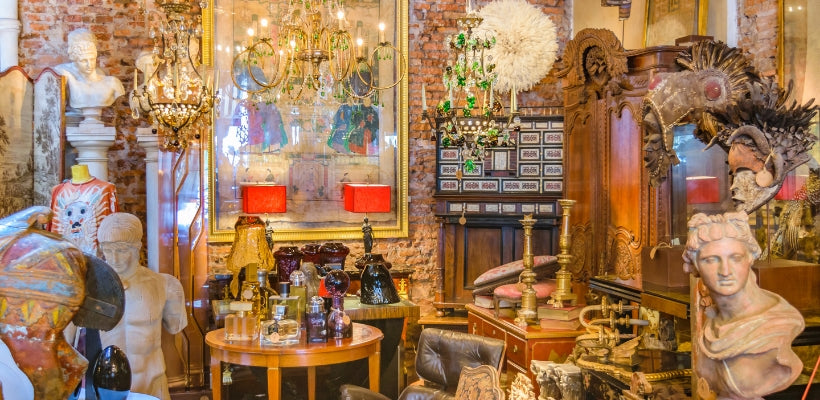

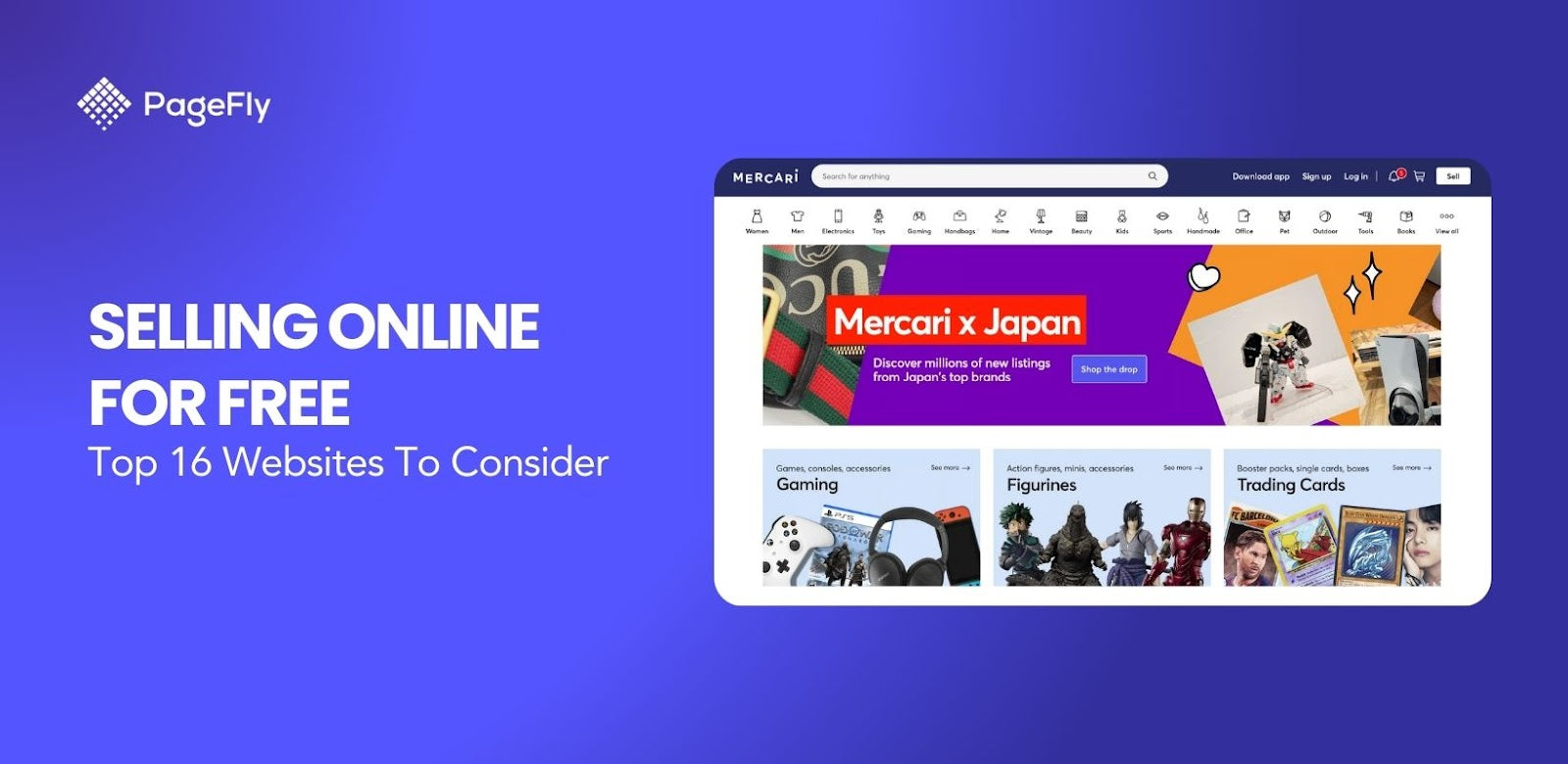

![14 Profitable Small Food Business Ideas for 2025 [Real Numbers]](http://pagefly.io/cdn/shop/articles/1_58b587d2-13db-4aa6-8c19-e40f5c88d3eb.jpg?v=1758255771&width=4460)
![Art Business Names: 350+ Ideas + Free Generator [2025 Updated]](http://pagefly.io/cdn/shop/articles/art_business_name_e94a54e9-d325-4ba3-94ab-7b4297952312.png?v=1760062968&width=1640)
